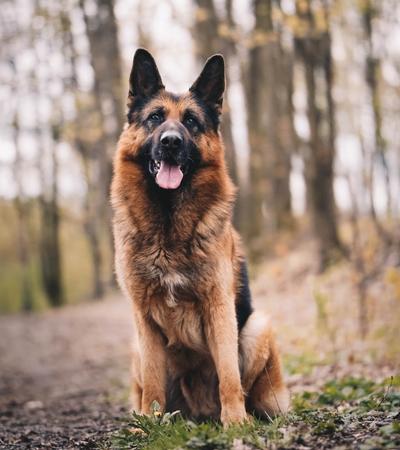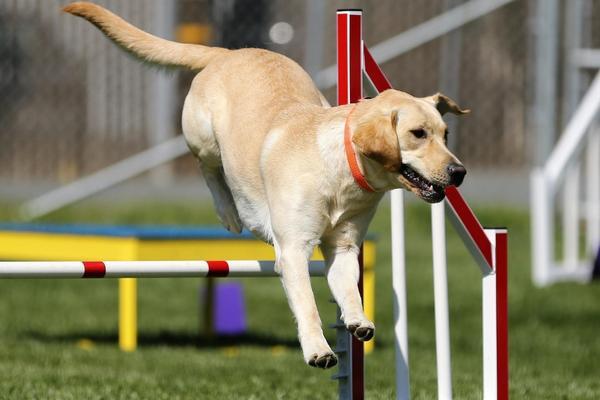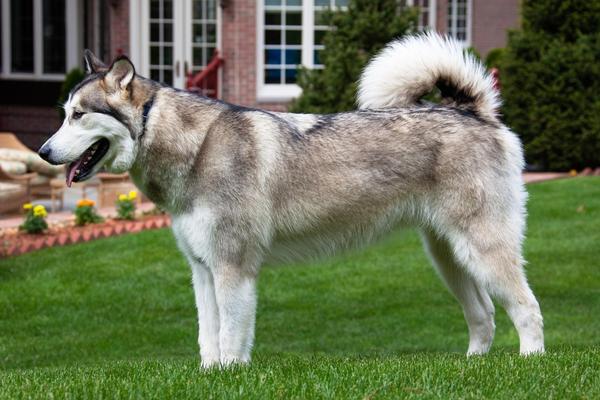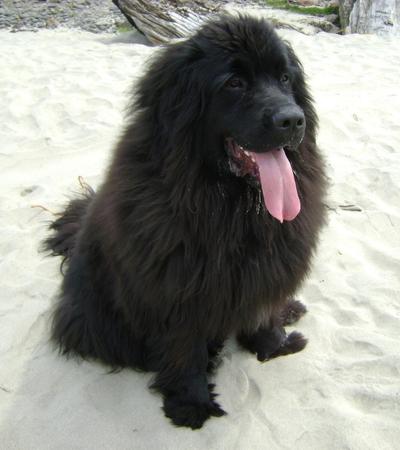Did you know that many people who suffer from pet allergies are still able to be happy dog owners?
That’s right.
Having a dog allergy doesn’t automatically mean you won’t be able to welcome a furry friend into your family. There are many four-legged fur-babies out there who don’t shed heavily or frequently.
However, it helps to know the worst dog breeds for allergies before you begin your search for the perfect pooch. So, to help you out, here are ten tail-waggers to avoid — these dogs are sure to send you into an itching, sneezing, or coughing frenzy.
You may assume short-haired dogs don’t aggravate allergy symptoms, or that it’s only long-haired, fluffy dogs that are the worst dogs for allergies. You may have also heard that smaller-sized tail-waggers make the best dogs for people with sensitivities.
The truth is, which dog breeds cause allergies is a bit more complicated than the length of a dog’s coat or their overall size.
Dogs trigger allergic reactions in humans because of the dander they shed and/or the amount of saliva they produce.
Dog Dander
Have you ever heard of dog dander?
Well, when your dog loses their fur, it’s attached to dead skin cells that flake away from the body — this is dander.
These seemingly harmless, microscopic pieces of skin are the allergy-causing culprits, not the dog hair itself. As it clings to dog hair, if you choose a breed that sheds a lot, they will scatter dander all over your home as well as getting their hair everywhere.
Dog Drool
Dogs don’t just shed fur, some drool too, and dog saliva is problematic for allergy sufferers. The same allergy-causing protein in dander is also found in a pooch’s saliva. Hence, if you have a fur-baby who slobbers like its second nature, you’re more likely to be sneezing and experiencing other symptoms of an allergic reaction.
When your dog drools, saliva can land on your pooch, your clothes, the furniture, and all over your home. As it dries, it releases the allergy-causing protein into the air. Drooly dogs are among the worst dog breeds for allergy sufferers.
Studies have found that approximately 15 percent of the American population has a pet allergy. Despite this statistic, many allergy sufferers will still go on to buy a family pet.
What’s more, not everyone is aware they have an allergy until it’s too late. If you’ve never spent a lot of time around dogs, you may not realize until you bring your new furry friend home.
If you’re unsure whether you have a dog allergy, try spending some time in the company of a four-legged friend — and keep a lookout for the following signs:
- Sneezing.
- Runny nose.
- Sore, itchy, red, puffy, or teary eyes.
- Congestion.
- Itchy nose, the roof of your mouth or throat.
- Persistent cough.
- Pain and pressure in the face.
- Disturbed sleep.
- Swollen, discolored skin under the eyes.
The worst dog breeds for allergy sufferers will trigger one or more of the symptoms listed above.
Dog dander and saliva can also cause an allergic reaction that causes unpleasant symptoms on the skin. These include:
- Hives — raised red patches of skin.
- Eczema.
- Itchy/irritated skin.
And, dog allergies can be particularly dangerous for people with asthma, a reaction can cause shortness of breath, wheezing, chest pain, and coughing.
1. German Shepherd
Whether you fall in love with a short or long-haired German Shepherd, you’re going to notice plenty of dog hair in your home. These four-legged guardians are heavy shedders and will lose hair and dander round the clock.
What’s more, this breed also sheds to the extreme twice a year with the change of season. German Shepherds make lovely pets, service or watchdogs, but sadly, one of the worst dog breeds for allergy sufferers. For information on how to help your German Shepherd be allergy friendly.
2. Labrador Retriever
Thanks to their good-natured temperament, the ever-reliable, happy Labrador Retriever will make a wonderful family pet — for those without allergies. Don’t be fooled by that short, smooth coat — it hides a double-layer. These bow-wows are known for their excessive shedding.
If you own a Labrador, your home is guaranteed to be constantly covered in dog hair. And, those with a mild pet allergy may find their symptoms worsen when in the company of this breed.
Their heavy shedding means you’re much more likely to be exposed to large amounts of dander. Labradors shed all year round, but it’s at its peak during spring when they lose their thicker winter coat, in readiness for the warmer months. For information on how to help your Labrador be allergy friendly.
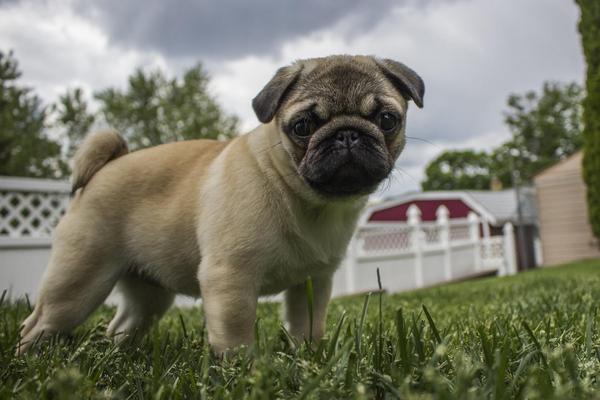
You may not think a Pug would cause problems for allergy sufferers, but they’re actually one of the worst dog breeds for allergies.
While small and cute, they have a thick double coat, and the undercoat sheds twice a year. This seasonal event can leave quite a lot of hair around your home.
Pugs also love to show affection, and they aren’t shy about licking your face, leaving allergy-inducing saliva all over your skin. And, due to their facial structure — flat face, scrunched-up skin — pugs often have a head covered in saliva. This is not what you want if you have a dog allergy.

4. Saint Bernard
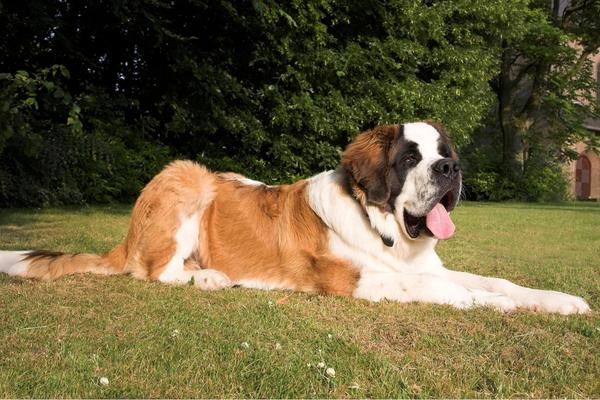
The gentle giant of the dog world, Saint Bernards have a calm and friendly temperament. However, they’re huge, heavy shedding dogs.
This dog breed has a double coat of fur, combine that with their immense size, and that’s potentially an awful lot of dander you could expose yourself to. But that’s not all, Saint Bernards are excessive droolers — enough said. Hence, if you have a dog allergy, this is not the dog for you.
5. Cocker Spaniel
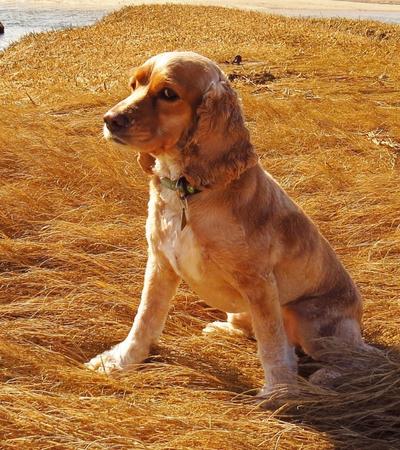
Cocker Spaniels are a small to medium-sized dog breed and deemed moderate shedders. Don’t let this deceive you, Cocker Spaniels release plenty of dander — thus, don’t make a well-suited companion for dog lovers with allergies.
While loveable, this breed is far from hypoallergenic — shedding hair continuously. However, the main issue is that this breed is prone to allergies, which induces dry and flaky skin. Subsequently, this leads to regular and persistent scratching — exacerbating dander levels around your home.
In short, a dog and a hooman with allergies are unlikely to make a good match.

6. Boxer
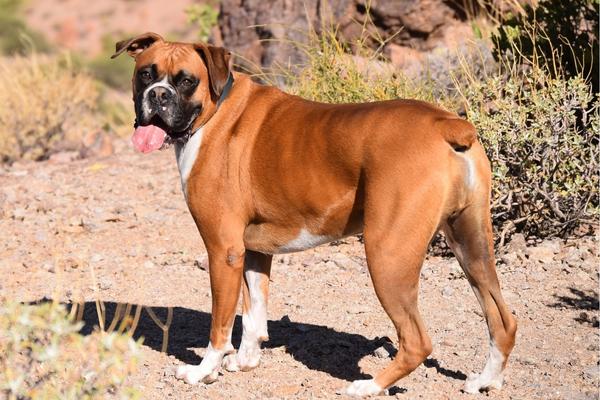
Boxers are light to moderate shedders and will only leave a small amount of hair in your home throughout the year. Thankfully, dander isn’t too much of an issue with these bow-wows.
Yet, Boxers do drool — big time.
This breed has a similar face shape to that of the pug, and like the pug, is part of the brachycephalic group of pooches — broad or short-headed. Hence, because of their genetic make-up, they slobber much more than other breeds.
7. Akita
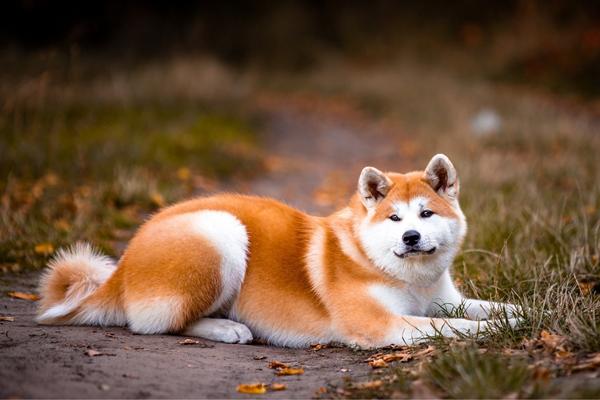
Looking at this large fluffy dog, it’s hardly surprising that they’re one of the worst dogs for allergies. The Akita is a heavy shedder and will leave a trail of hair all over your floors and carpets 24/7, 365 days a year.
This breed of dog can grow to over 125 pounds, that’s a big dog with a lot of fur to shed. Many Akita owners are amazed by how much hair their dog actually sheds.
On another note, Akita puppies can be tricky to housetrain. And, as urine contains the same proteins that trigger allergies, it’s another allergy-related reason to avoid inviting this tail-wagger into your home.
8. Alaskan Malamute
Looking very similar to a Husky, Alaskan Malamutes are a friendly, large dog breed that would make an ideal match for an active, outdoorsy hooman — but alas, not for an allergy sufferer.
This dog was bred to live in extremely cold temperatures and has a thick double coat to keep them warm. However, this large woof woof will shed its coat several times a year, releasing plenty of dander along with the hair and triggering an allergic reaction. For information on how to help your Alaskan Malamutes be allergy friendly.
While the Newfoundland is a happy and easy-going canine companion, they’re relentless coat-shedding dogs.
Newfoundlands shed all year round, but also lose their impressive coat twice a year for the change in season. As well as shedding its long thick fur and releasing lots of dander, the Newfoundland drools, spreading saliva around your home that can trigger your pet allergy. For information on how to help your Newfoundland be allergy friendly.
10. Bloodhound
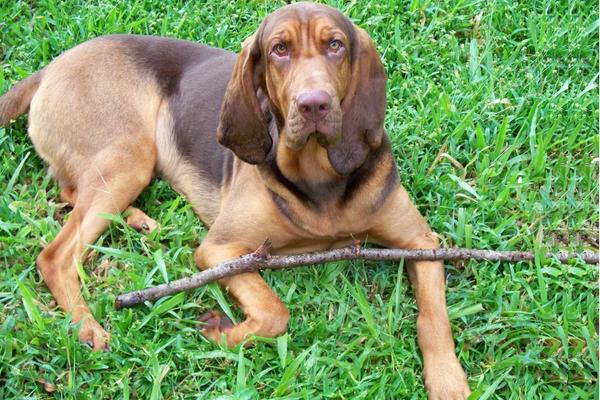
You don’t need to worry about dog hair too much if you have a Bloodhound. The Bloodhound is a light-shedding dog breed and has an easy to manage short coat.
This pooch has made the list of the worst dog breeds for allergies thanks to their droopy drool-loving jowls.
However, these bow-wows do have an amazing sense of smell, making them the ideal hunting dogs. They’re also super-friendly and fantastic with children — perfect family dogs, providing you don’t have any allergies!
Conclusion
Both big and small dogs trigger allergy flare-ups because they either shed pant loads of fur and/or drool like Niagra Falls. The former will release large amounts of dander into the air, and the latter will expose you to allergen-inducing saliva.
That said, if you’re allergic to dogs, there are many hypoallergenic dog breeds that won’t leave you sneezing and struggling with other unpleasant symptoms.
So, look for a low-shedding dog that doesn’t drool, and you will have found yourself the pawfect furry friend. In the meantime, the dogs on my list are some of the worst dog breeds for allergies to avoid.
“What Are the Worst Dogs for Allergy Sufferers?”
No dog is 100 percent hypoallergenic, but some are a definite no for anyone with allergies. Such as:
- German Shepherds.
- Bulldogs.
- Pug.
- Labrador Retriever.
“Are There Any Truly Hypoallergenic Dogs?”
Not really. But some dog breeds trigger allergic symptoms in humans more than others. Pet allergies are not caused by dogs’ fur but by the protein present in their urine and saliva.
“What Breed of Dog Is Best for Allergy Sufferers?”
To learn more, check out our top small, medium, and large hypoallergenic dogs.
“Can You Build Up an Immunity to Dog Allergies?”
It’s been reported by some people that they have been able to develop an immunity to their dog and the allergy-causing symptoms. And, children often grow out of their allergies — but don’t depend on this.
“Do Air Purifiers Help With Dog Allergies?”
The main causes of dog allergies are dander and proteins found in canine saliva and urine. Air purifiers do a tremendous job at removing the former from the air in our homes — providing temporary relief. But this will not remove the protein in saliva and urine.
“What Is the Cheapest Hypoallergenic Dog Breed?”
The cost of dogs varies from region to region, but on average the least expensive breed would be something like a Standard Poodle, Maltese, or Yorkie. With Labradoodles coming in slightly higher.


